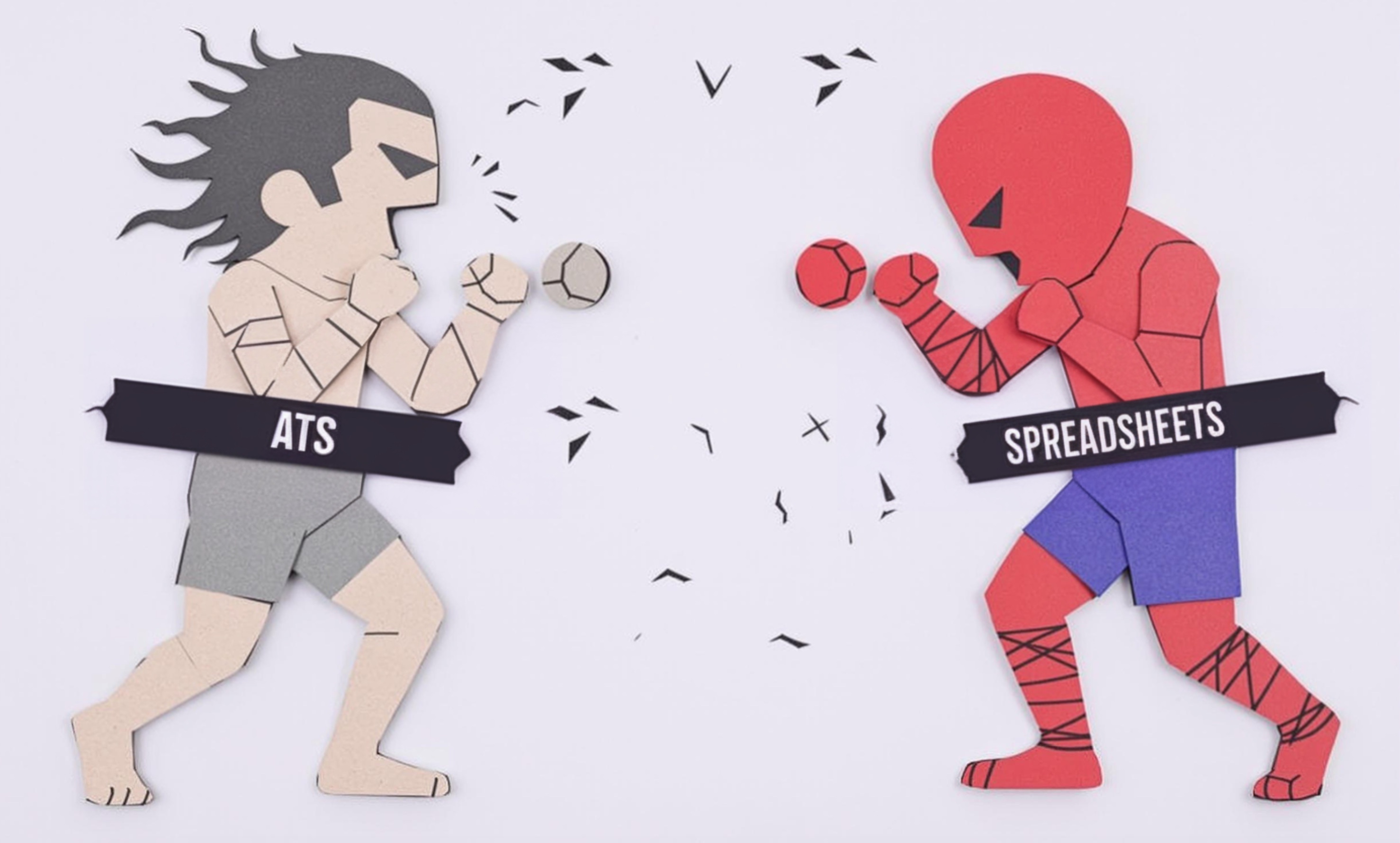
Tone Sheets
Tone sheets are essential planning documents used in comic book and graphic novel creation. They show how light, shadow, and color will look across different scenes or pages. Think of them like mood boards that help keep the visual style consistent throughout a comic book. Artists create these sheets early in the project to establish the overall feel of the artwork and to make sure everyone on the team understands the visual direction. They're similar to color scripts in animation or storyboards in film, but specifically focused on the lighting and atmosphere of comic book pages.
Examples in Resumes
Created Tone Sheets for a 120-page graphic novel ensuring consistent lighting across all scenes
Developed digital Tone Sheet templates that reduced production time by 30%
Collaborated with colorists using Tone Sheets and Value Studies to maintain visual continuity
Typical job title: "Comic Book Artists"
Also try searching for:
Where to Find Comic Book Artists
Online Communities
Events & Conferences
Professional Networks
Example Interview Questions
Senior Level Questions
Q: How do you approach creating tone sheets for a large project with multiple artists?
Expected Answer: A senior artist should explain their process for maintaining consistency across teams, including creating detailed reference documents, establishing clear guidelines, and implementing review processes to ensure all artists follow the established tone patterns.
Q: How do you adapt tone sheets for different printing methods or digital platforms?
Expected Answer: Should discuss understanding of how different publishing formats affect tone and color, including adjustments needed for print vs digital, and experience with creating versatile tone sheets that work across multiple platforms.
Mid Level Questions
Q: How do you use tone sheets to establish mood in different scenes?
Expected Answer: Should explain how they select different lighting patterns and values to create specific emotional responses, with examples of how they've used tone sheets to enhance storytelling.
Q: What's your process for creating tone sheets that maintain consistency throughout a comic?
Expected Answer: Should describe their methodology for planning lighting and atmosphere, including creating reference guides and how they implement these across multiple pages or scenes.
Junior Level Questions
Q: What are the basic elements you include in a tone sheet?
Expected Answer: Should be able to explain the fundamental components like light sources, shadow patterns, and basic value ranges used in tone sheets.
Q: How do you use reference materials when creating tone sheets?
Expected Answer: Should demonstrate understanding of gathering and using reference images, and how to apply them to create consistent lighting schemes in their work.
Experience Level Indicators
Junior (0-2 years)
- Basic understanding of light and shadow
- Creating simple tone sheets
- Following established style guides
- Basic digital art tools usage
Mid (2-5 years)
- Creating comprehensive tone sheets
- Managing consistent lighting across multiple pages
- Digital and traditional media expertise
- Understanding printing requirements
Senior (5+ years)
- Leading visual development
- Creating style guides for teams
- Managing multiple project tone guidelines
- Training junior artists
Red Flags to Watch For
- No understanding of basic light and shadow principles
- Inability to maintain consistent tones across multiple pages
- Lack of experience with industry-standard art software
- No knowledge of print vs digital requirements
Related Terms
Need more hiring wisdom? Check these out...

Automated Scorecards in ATS Systems: Your Secret Weapon for Smarter Hiring Decisions

Why Your Hiring Spreadsheets Are Secretly Sabotaging Your Recruitment

Beyond Spreadsheets: Why Executive Dashboards in ATS Systems Are Your Secret Hiring Weapon

